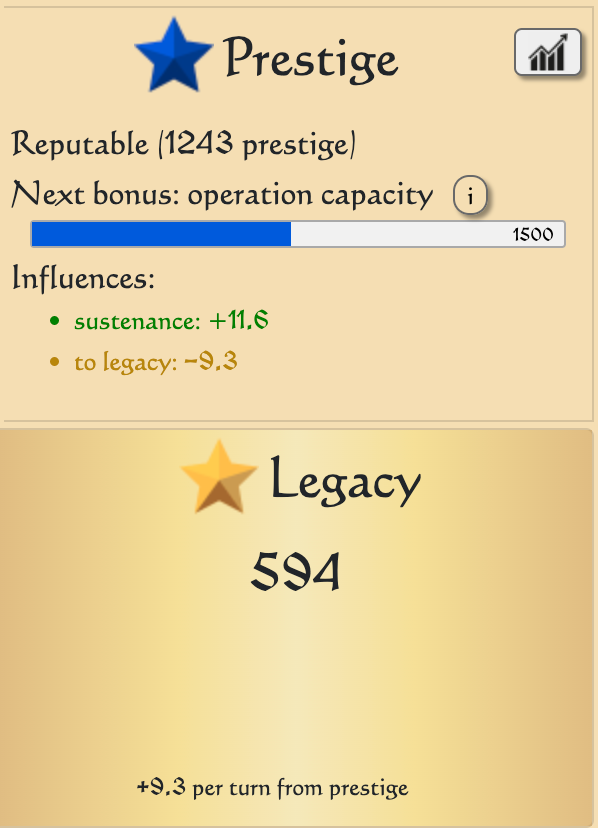Dynamic spending
Starting from the back, the behaviour of the commoners of the game will become more nuanced. Commoners will now draw from a wider range of products to satisfy their needs, and adapt to the market situation of their town so their hard earned coins go a bit further.

Multiple products can fulfil the same need, and commoners will spread their spending across these products, weighted by their relative affordability, mirroring how the gentry can pick sustenance products based on prices and availability.
If eg. firewood is in short supply and getting expensive, the commoners will shift their spending to charcoal, which like firewood fulfils the need for heating.
The motivation for this change is both to give more realistic behaviour and more diversity among towns. If a town has access to cheap meat but lacks fish, the commoners will adapt their diet to that reality. Additionally, spreading the consumption across more goods will help dampen price pressures and balance the market.
Management points
The next change is the replacement of the building cap with management points. The number of points required to manage a building grows with the size of the building, while building additional buildings of the same type require less than the initial one.

Notice how eg. the first one plot Iron mine requires 1 point, while subsequent Iron mines will use only 0.5 points.
The motivation for this change is to encourage more but smaller buildings, and reduce the pressure to optimize for extremely large ones. Eg. delegating smelting of iron and refining of steel to two different bloomeries, can give more stable operation and less need for micro-management, and in turn a more stable market for suppliers and consumers.
Leaving a legacy
Finally, the scoring in the game is changing. Prestige will still be a thing, and still be important for getting access to apprentices, tenants and management points, but unlike Season 1 it won’t be how the game is won.

Prestige decay is replaced with conversion to legacy, meaning a portion of the current prestige is converted to legacy each turn. Legacy will accumulate throughout the season and decide the ranking of the scoreboard and the winner.
The motivation for this change is to incentivize and reward higher and more even spending on prestige generation throughout the season. High prestige spending by powerful players is highly beneficial for those around them and the economy overall, so this change aims to align the interests of those competing in the top with everyone else.
Kick off of the season
Season 1 wraps up tomorrow, and soon thereafter season passes for Season 2 will come on sale. If you haven’t had a chance to try Mercatorio yet, check out Mercatorio.io as it’s currently free to play and the server will keep running some days after the official end of Season 1. Season 2 kicks off in two weeks, at 16:00 CET on September 14th, and the initial week of that will also be free.



